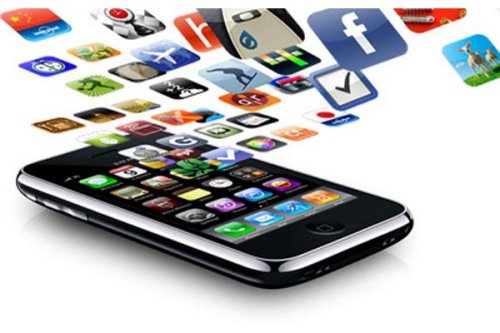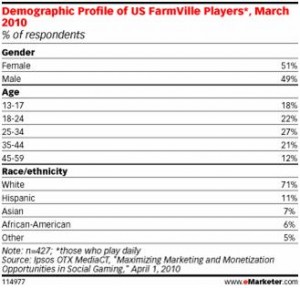1. Freemium Model Has Potential
Free download with in-app purchase options. This is a strategic revenue model your mobile game. If the game is addicting enough, people will be spewing money into your game with many low cost purchases. The freemium models after an arcade game (a comparison used once on the radio), in order to keep playing (or further your entertainment, you must keep inserting a quarter or a dollar. These are insignificant numbers so that it can bypass people’s inhibitions to pricy games. But when all the in-game purchases are added up, it make quite a nice revenue- often more than $2.99 or what not that the game could be selling for in a paid model (one-time fee for a full featured app).
2. Tablet Gamers Download & Play More
38% of tablet gamers play 5 or more hours per week, while only 20% of moble phone gamers play that much. Tablet gamers even download more paid and free games
What you choose to do with this information is up to you but to me, I think you should make your games more simple. If people prefer a larger screen to play games on, perhaps little details that are difficult to use or see should be scratched!
3. Users Crave Multiplayer & Social Features
People crave interaction so create an environment for people to get this. Sworcery is a good example of this. The creators have made it easy for people to tweet the sayings. This way they encourage people to “talk” about their game and thus creating a group where people can belong to.
4. Word of Mouth Is the Key Driver for Game Downloads
Continuing on from point number 3, this tip is builds upon that. Make it easy for people to do this. Have a catchy saying or a catchy tune. Reward people for spreading the game, create an incentive for people to do this. An incentive does not need to be monetary, it can be to unlock certain features of the game. Last but not least, please do not forget to monitor what is being said about your game. Show some respect to your audience. This can be a great learning experience.
- From Friends: More than 50% of mobile game-playing adults learn about new mobile games from friends and family.
- In App Stores: About 40% of adults learn about new games within app stores, where hot lists, rankings and user reviews are highlighted.
- On Social Sites: 25% of adults hear about new mobile games via social media sites.
5. Hit Games Can Come From Anywhere
“Hundreds of independent game developers have released smash hits” Great job! Take this and get insprired. It is no longer the rich get richer environment that we are so used to. Internet and passion together as a combo have leveled the playing field.


















